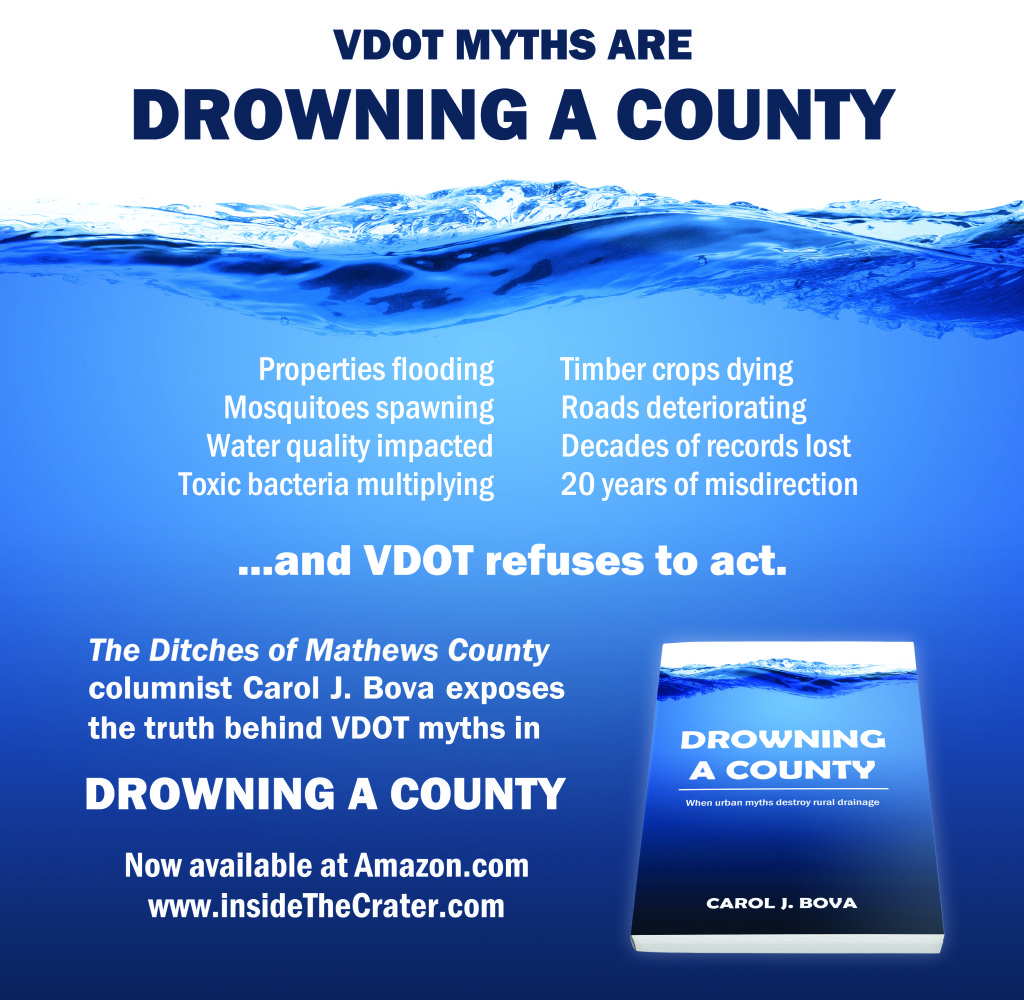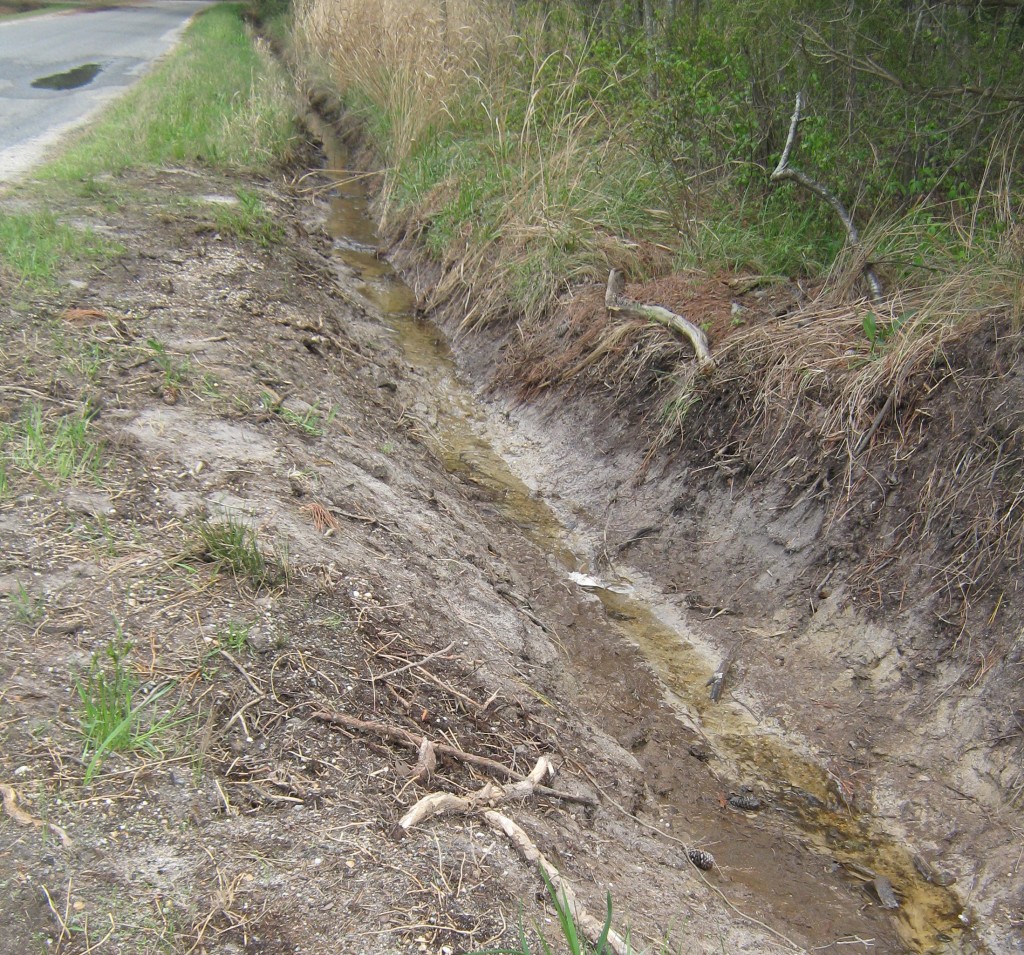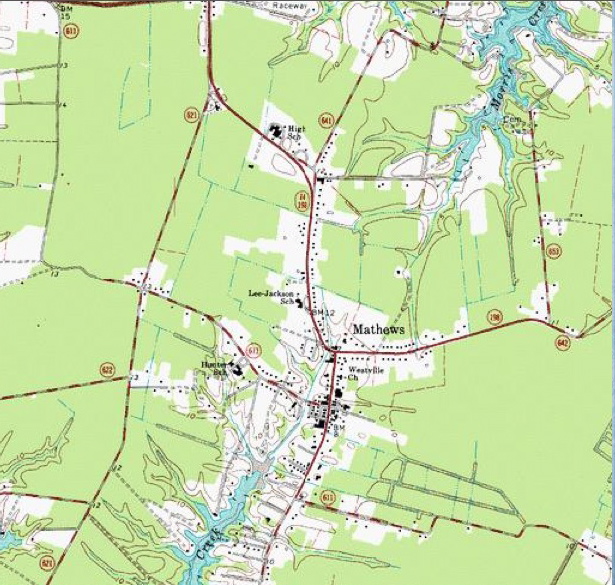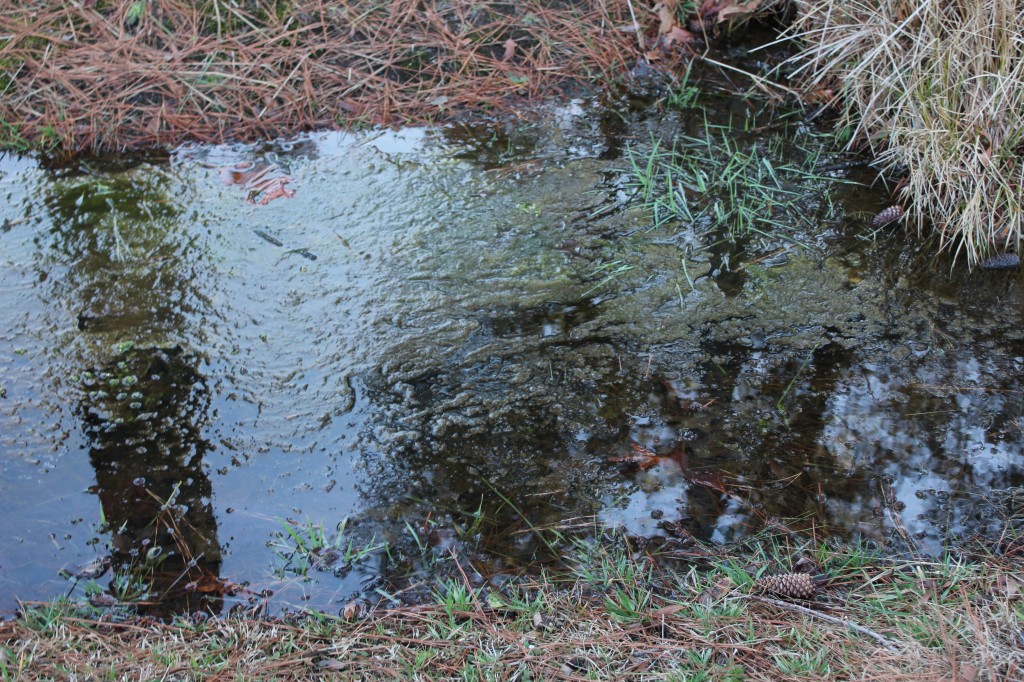Since the fall of 2011, I’ve been digging into the reasons for flooded land and ditches in Mathews. G.C. Morrow taught me the basics of ditches and we formed The Ditches of Mathews County project in early 2012. We thought identifying the causes of drainage issues and working out solutions would help VDOT. When VDOT said they needed temporary easements to address outfall maintenance, we tracked owners through tax records and internet resources. G.C. visited local folks and called some who lived in other states. All were glad to help. But apparently, VDOT had other ideas.
Two small outfalls were cleaned on 609, and the water drained a considerable area that had been flooding from road drainage for years. The third project opened the outfall between Canoe Yard Trail and 609, but in the process, the VDOT contractor blocked the outlet to a second outfall. Months passed, and after the District Administrator Quintin Elliott and Resident Engineer Sean Trapani accompanied us on a tour of problem spots, VDOT finally addressed a dead tree preventing the roadside ditch on Canoe Yard Trail from draining to the outfall. But the cleaning of 609 pipes needed to drain the roadside ditches near the tidal marshes didn’t happen. The one time we know the pipe truck arrived–it came at high tide. And never came back to do the job.
We kept working on gathering information, and the story that emerged was not a pretty one. Going through the Board of Supervisors’ meetings, month after month for thirty-odd years was a test of endurance. Transcribing key sections and sorting by topic and choosing which statements would illustrate the ongoing saga felt like an impossible task for a time. Eventually, though, the outline emerged showing how three years of VDOT/County revenue sharing projects ran on into the sixteenth year, and how those involved seemed to forget the original reason for the projects.
It’s all laid out now in Drowning a County, and everyone reading it will see what happened and when, and more importantly, what didn’t happen that should have. The pattern of County Supervisors and Administrators forgetting or overlooking details of agreements with VDOT and accepting incorrect statements without challenge cannot be allowed to repeat itself now and in future years. Drowning a County can provide the facts and the history to help our leaders and our citizens avoid being misled even once more by VDOT mythology.





